A new species of the ant genus Lasius from Crete
In the article “A new species of the ant genus Lasius Fabricius, 1804 from Crete” recently published in ZooKeys, Sebastian Salata and Lech Borowiec describe and illustrate a new species, Lasius tapinomoides sp.n. Here, they share pictures of gorges and landscapes where L. tapinomoides can be found.
gg
A Photoblog contribution compiled by Sebastian Salata 
gg
In the Mediterranean Region, we usually start collecting material straight after our arrival. Some rare ants are associated with arid, open habitats common in the anthropogenic environments. (© Sebastian Salata)

gg
Prof. Borowiec, second author of the publication. (© Sebastian Salata)

gg
Most of the Cretan landscape, especially in lowlands, is dominated by agricultural settlements. Surprisingly, those areas still host a very rich and diverse myrmecofauna. (© Sebastian Salata)
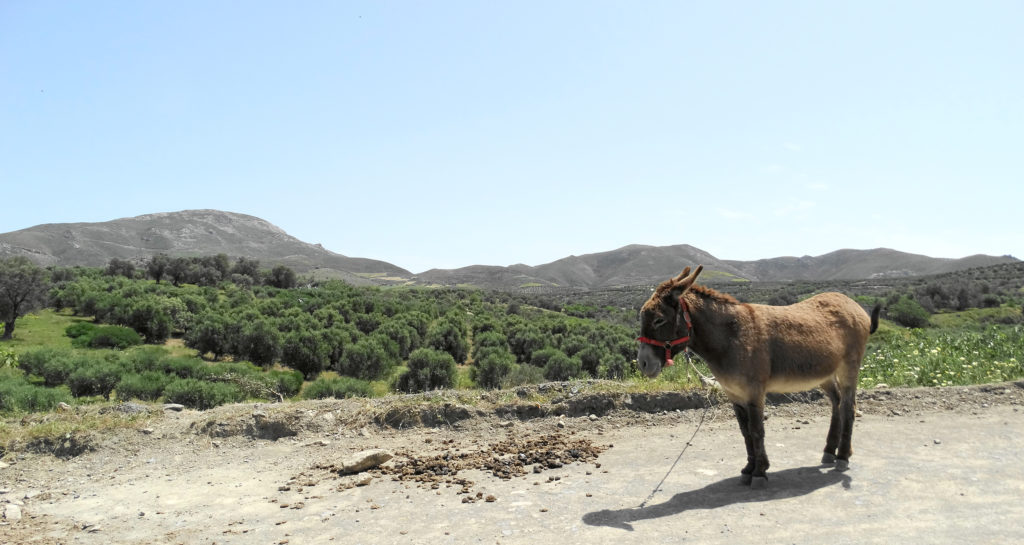
gg
Typical agricultural landscape in Cretan inland. (© Sebastian Salata)

gg
Nida Plateau. During my PhD, I had an opportunity to work as an intern in the Natural History Museum of Crete in Heraklion. Following the advice of my supervisor – Dr. Apostolos Trichas – I focused my research on areas less transformed by humans: mountains and gorges surrounding them. Those areas have a very diverse landscape mosaic, which can host a great number of diverse species. (© Sebastian Salata)

gg
Zakros Gorge. A typical example of a research area on Crete. Places like this one require the usage of diverse collecting methods. One basic method is hand sampling, which is very useful and practical while collecting material in an arid and rocky environment. This method is very often supplemented with sweep nets, a beating sheet, and a litter reducer. (© Sebastian Salata)

gg
Antonios Spilia Gorge – The type locality of Lasius tapinomoides. Humid and shady gorges are one of the rarest habitats on Crete. They are also inhabited by a very distinct myrmecofauna. During our fieldwork, we were able to collect numerous rare or endemic species from those places. (© Sebastian Salata)
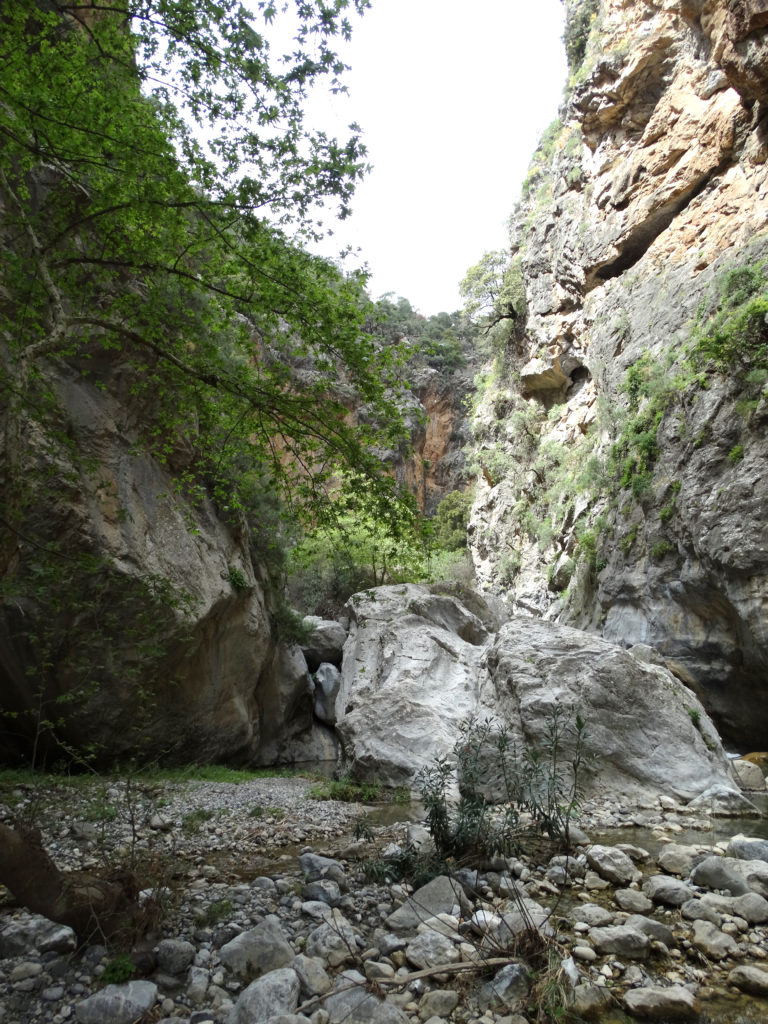
gg
Gorge of Richtis, another humid gorge colonized by L. tapinomoides. (© Sebastian Salata)
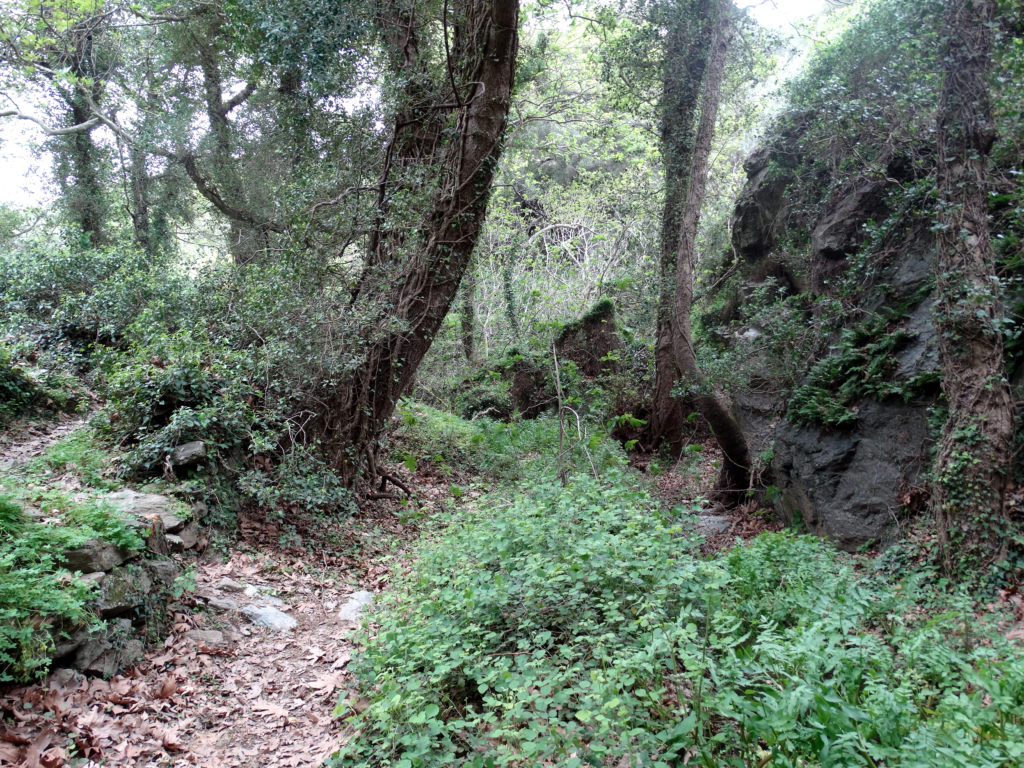
gg
Lateral view of Lasius tapinomoides. (© Lech Borowiec)



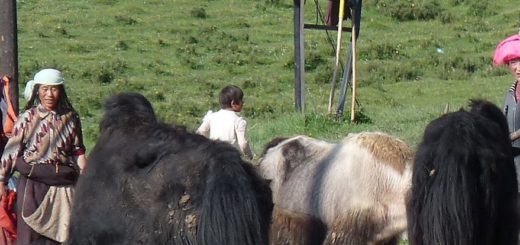
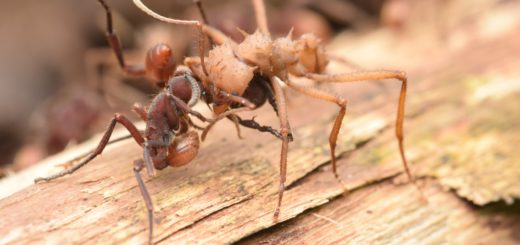
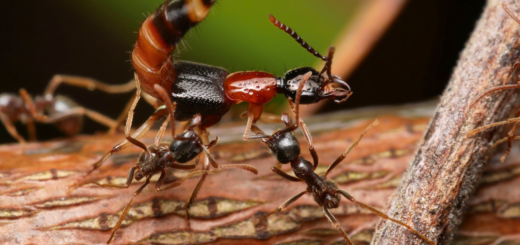
Beautiful landscape, quite reminiscent of the also Mediterranean climate topography and vegetation of coastal California where I spent part of my life. I believe the European Mediterranean climate fauna is in fact more diverse, though.